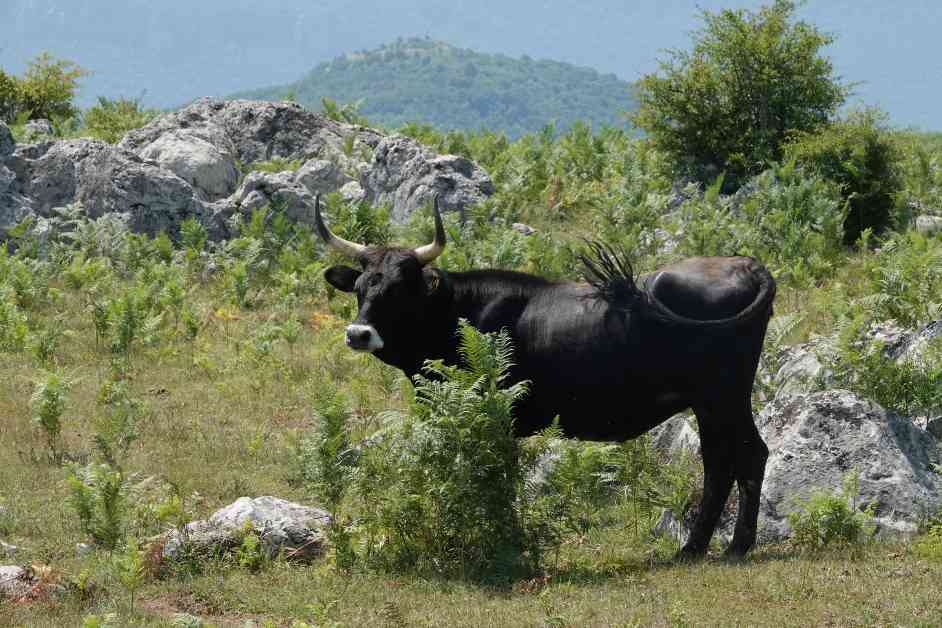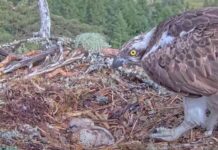A project has been launched to reintroduce aurochs to the UK almost four centuries after its extinction in Europe. Trees for Life are looking to bring the first introduction to the UK of a breed of huge wild cattle called tauros to Dundreggan estate near Loch Ness.
Aurochs, the wild ancestors of all domestic cattle, went extinct when the last of them died in Poland in 1627. They aren’t believed to have existed in the UK for more than 3,000 years. The muscular, long-horned tauros have been bred to be as close as possible to the ancient aurochs, which played a vital role in shaping landscapes and boosting biodiversity across Europe.
The rewilding charity aims to introduce a herd of up to 15 tauros from the Netherlands to its Dundreggan estate near Loch Ness in 2026. This scientific research project will focus on boosting biodiversity and creating opportunities for people, including education and eco-tourism.
Steve Micklewright, Chief Executive of Trees for Life, highlighted the importance of reintroducing the aurochs-like tauros to the Highlands to fill an empty ecological niche and study their impact on nature and climate emergencies. The Tauros Project seeks to restore nature-rich landscapes that support wildlife and people, and are resilient to future environmental challenges.
Although aurochs have been extinct for 400 years, scientists in the Netherlands have ‘back-bred’ tauros to genetically replicate and behave as closely as possible to the original species. Tauros reach a similar size to aurochs and can live in a range of conditions with minimal human intervention.
Research has shown that tauros can help create rich habitats for wildlife due to their size and behavior, interacting with their environment more dramatically than other cattle breeds. They have already been successfully reintroduced in several European countries.
The release of tauros in the UK will follow strict legal and animal welfare requirements to ensure the safety of both the animals and people. The project will include a year of development to research, assess habitats, and secure funding before the planned release in 2026. The tauros will be treated as farm animals but allowed to live as wild a life as possible, with signage and safety protocols in place for public encounters.
In conclusion, the reintroduction of tauros to Scotland represents a significant step towards restoring biodiversity and creating sustainable ecosystems in the region. With careful planning and adherence to legal requirements, this project has the potential to positively impact both wildlife and local communities.
































